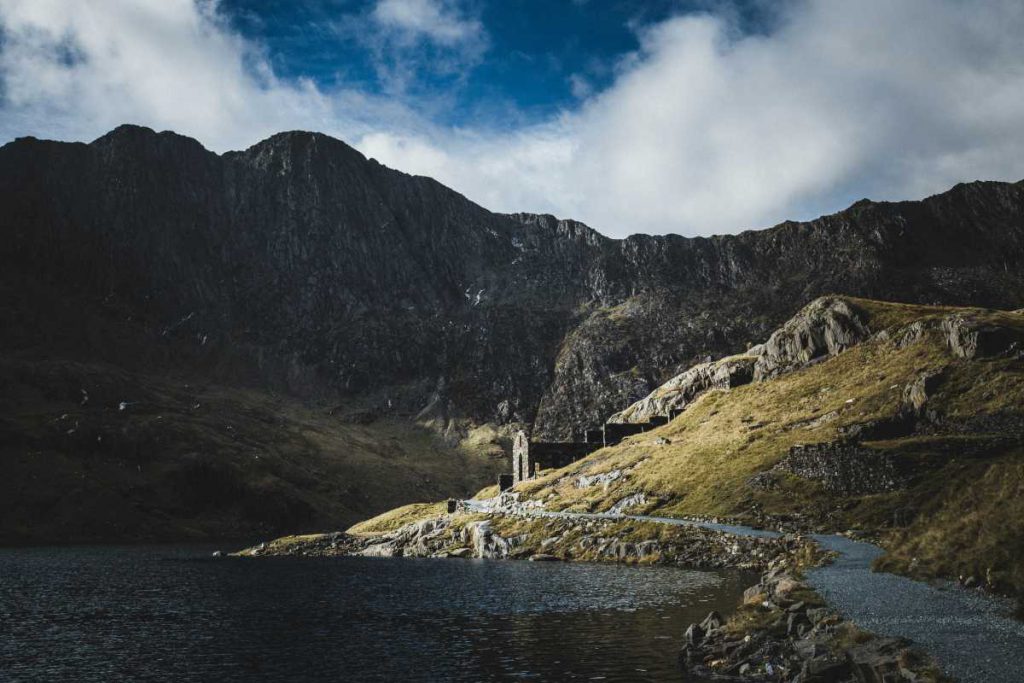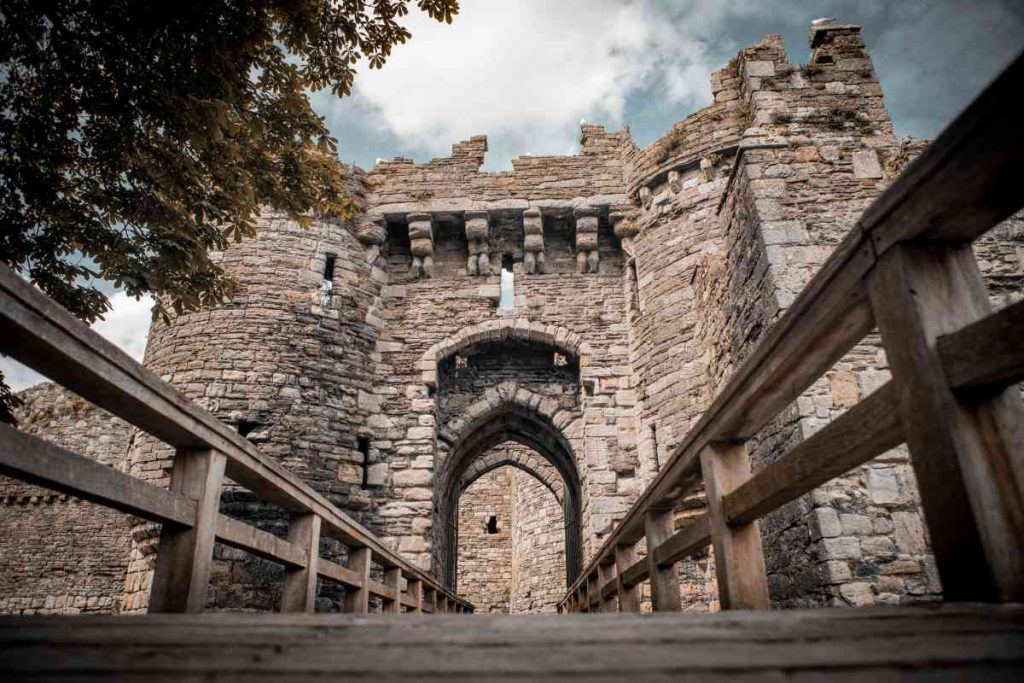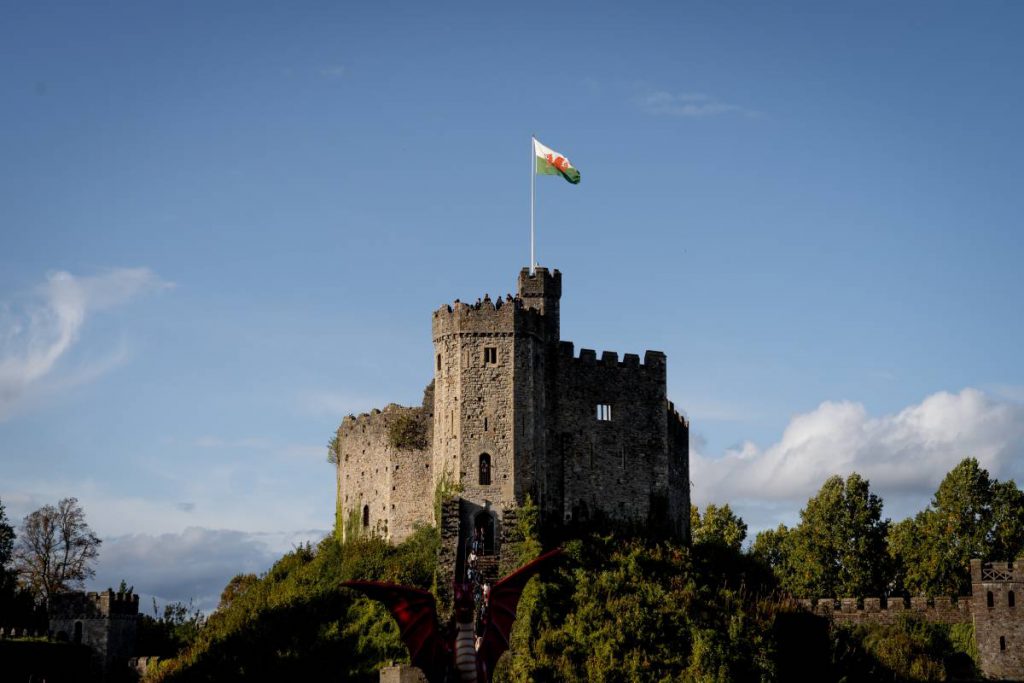Wales is a beautiful country with a history that goes back to the early days of the entire island’s civilisation. When visiting there are a host of castles and communities rich in history. Here are some of the most significant places to visit.
North Wales
To speak of the history of the country it’s perhaps best to start with North Wales. This is because the North holds the most iconic and ancient parts of Welsh history, the land itself, and in particular, Snowdonia – a mountainous region and national park today.
The area is filled with incredible natural beauty and was once home of the druids and holds the history of lost kingdoms dating back from the 5th century, as well as the lineage from the Middle Ages. Even today it is this part of Wales where the original Gaelic tongue is spoken the most.

The region is easily accessible if you’re in either Manchester or Liverpool. Once there, be sure to see the Druid stronghold of Anglesey, or during summer months there are terrific seaside destinations including Llandudno, Tywyn and Colwyn Bay.
There are even coastal castles at Caernarfon and Conwy, as well as historic sections of the towns themselves. Of course, simply visiting the national parks and walking the mountain trails puts you in the shoes of countless generations before who first settled on that land. In particular, the Clwydian Range, the Isle of Anglesey and the Lleyn Peninsula.
Beaumaris
Within Anglesey, you’ll find one of the most intact and famous Middle Age castles in Wales, Beaumaris. Its structure, position, moat and ingenuity made it possibly the most advanced structure of its Medieval time, militarily speaking.
It was built in 1295 by King Edward I entirely from the ground up, whereas most castle complexes were constructed as gradual improvements from previous settlements started hundreds of years prior.

Its first line of defence was the 18ft wide moat that is still there today. Being on the coast the castle was fitted with a tidal dock on the southern side for shipping supplies in case of siege. Vessels of 40 tons supplied could sail straight to the main gate.
On the northern side were a series of walls and obstacles that need to be traversed or penetrated in order to reach the inner centre, these included ‘murder holes’ to disperse of corpses, tight gaps for soldiers to be fired upon as well as the barbican itself. Today visitors can visit the ruins and even walk the outer walls.
Cardiff Castle
Being the capital of Wales, it is natural that the city is brimming with history, and standing proudly in the epicentre of all of it is Cardiff Castle. If you want to learn about the history of Wales, then no trip is complete without visiting its most famous heritage site. Romans first settled in Wales under Emperor Nero as early as A.D. 54.
The early constructs of the castle started as a Roman fort. It was not until Norman times that the castle we know today started to take shape. Over hundreds of years and development, it went from a timber construct on a hill with a moat to a massive concrete stronghold still very well preserved.

Cardiff Castle is certainly a great place to visit not just due to its long and interesting history but also its proximity to the lively city of Cardiff. Today you can not only organise historic tours but there are regular exhibitions that cover much of Wales’ more recent history such as the Industrial Age.
There is even a Comedy Club, ghost tours and an Underground Cinema all within close distances. Visiting this particular castle will deliver a great blend of modern culture and ancient history.
Flint Castle
Flint Castle is given its name by location – Flintshire. However, this landmark is of extreme historical importance. It was built by Edward I during his campaign to suppress Wales in 1277.
It was the first of a series of uniquely built castles around the perimeters of Wales, named ‘The Iron Ring’, each forming a link in a supposed chain to hold Wales and its people. When the Welsh people formed their uprise against the English conquerors they besieged the castle and Edward ordered it burnt so they might not capture it. It was later rebuilt and repaired by the Welsh.

Much like Beaumaris, the castle could be supplied by river and sea, with a tidal moat protecting it. It was a hugely impressive construct that had an inner ward, an outer bailey, gatehouse, 7-meter thick walls, drawbridge, and three towers.
It was a new type of design the French had been experimenting with called a Savoyard model, in which the corner towers are enlarged and isolated for added protection against siege. Edward I only made Flint Castle in this design so it is wholly unique to the entire British Isles. It now stands in ruins after its destruction in the 17th Century English Civil War, however, it is still very awe-inspiring to see with its seaside location and is open to the public today.
Blaenavon Ironworks
The development of the area Blaenavon is all due to an incredibly ambitious and aggressive project that was the Blaenavon Ironworks. At the beginning of what would become the Industrial Age in the UK coal, steel and factories of all kinds were developing in every country.
The practically empty area of Blaenavon was unique for its sprawling hills brimming with minerals and natural resources perfect for the manufacturing of iron. So three West Midlands industrialists came to the area to form a lease from its Earl, they were: Thomas Hill of Dennis, Thomas Hopkins of Rugeley and Benjamin Pratt of Great Witley. In 1789 the expansive project began with three hundred ironworks experts in employment.

The Ironworks was a complete success supplying cheap high sulphur iron ores to countries all over the world. It was the first to be able to remove phosphorous from the iron ore and so the cheaper, though lower quality, product became essential – not only into driving business from home but the entire Industrial era on the British Isles.
Of course, these were harsher times and the place has its grim history of worker exploitation and terrible conditions, both for adults and children. Today, it stands as the most intact 18th Century ironworks in the UK and runs as a museum offering visits and tours. It is certainly worth seeing to get a grasp of this incredibly unique part of Welsh industrial history.